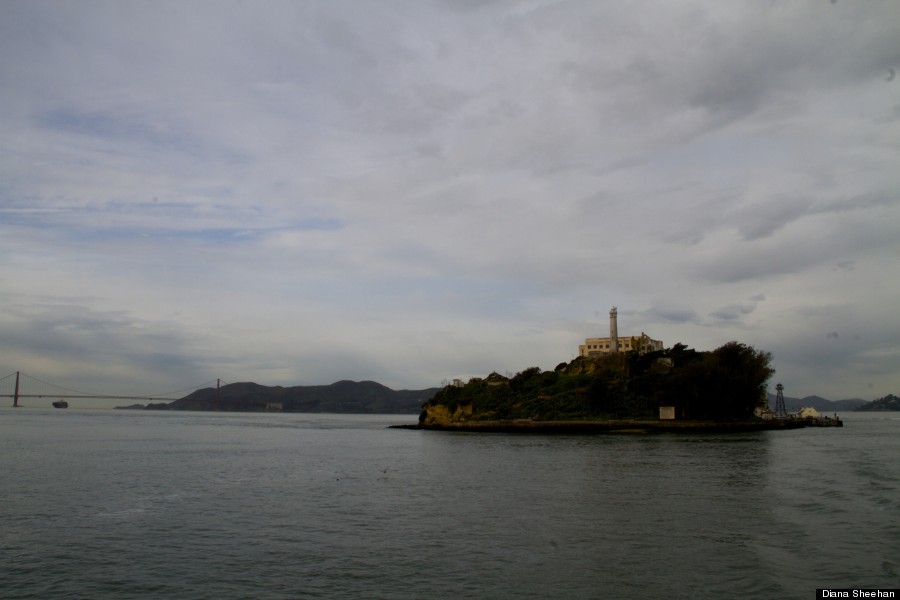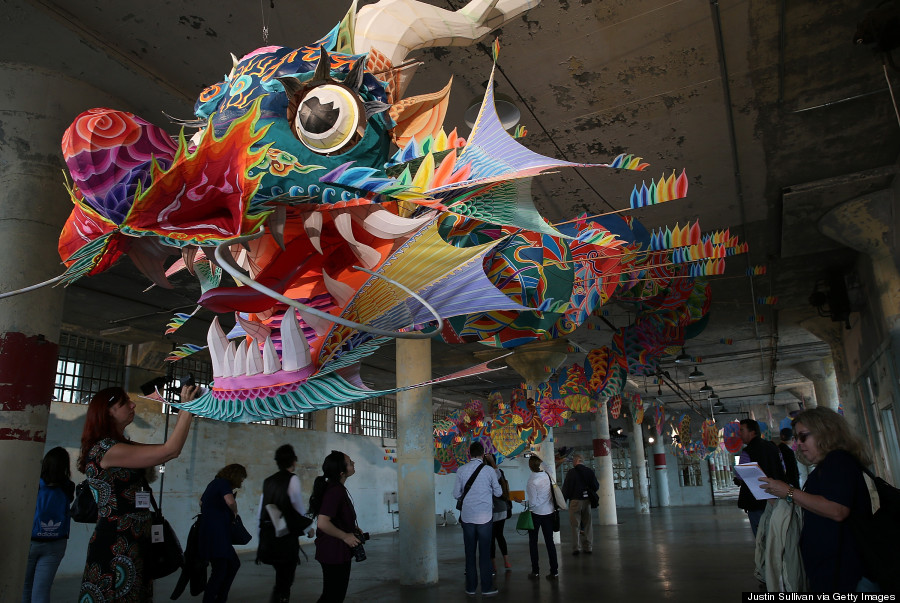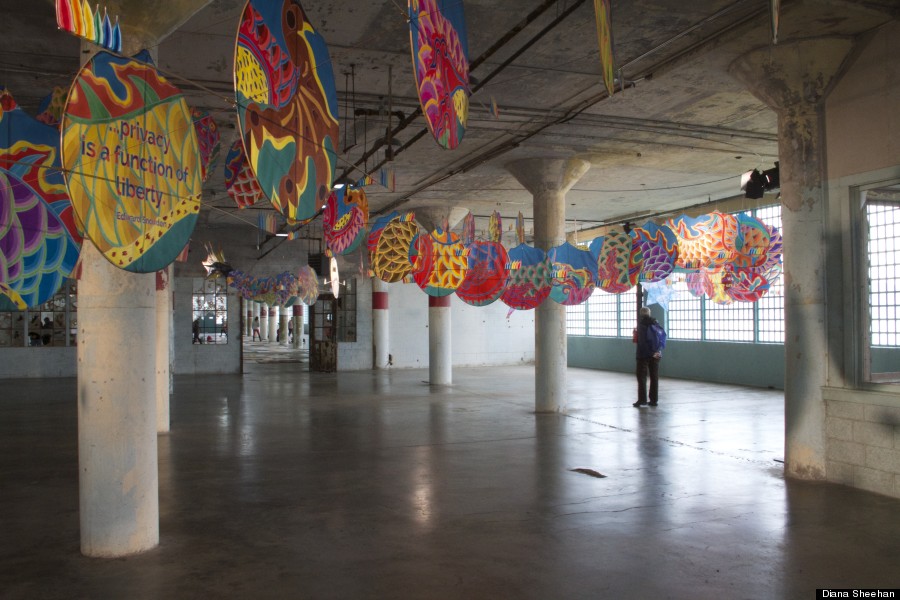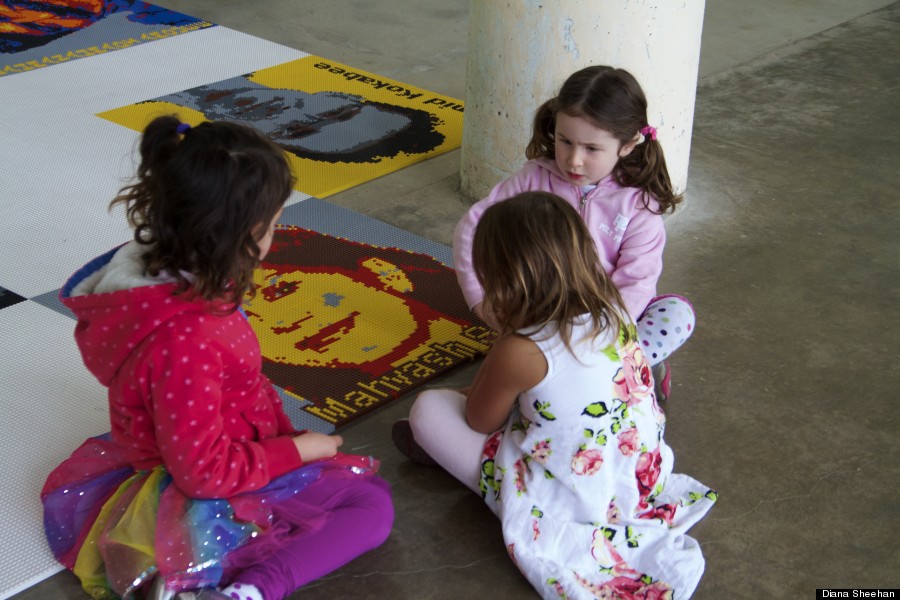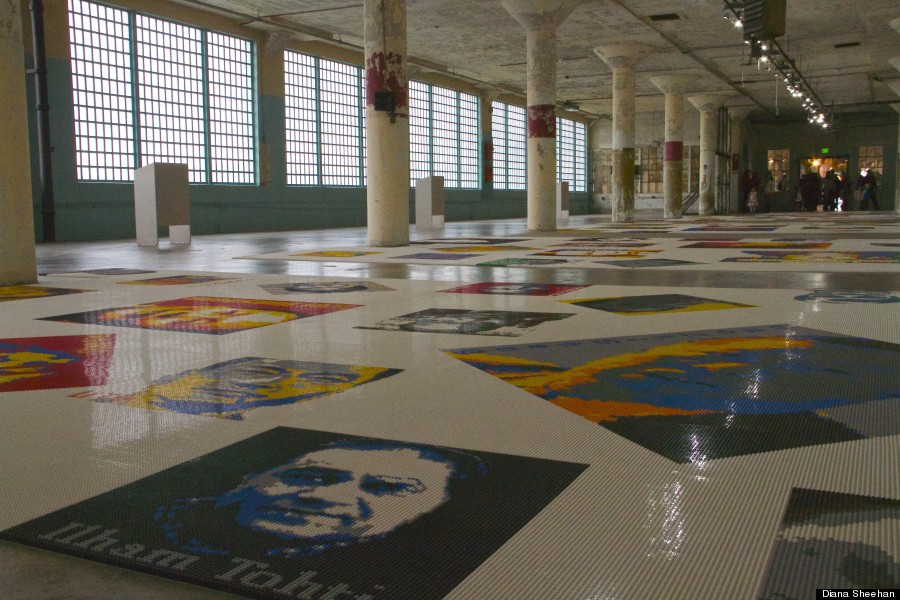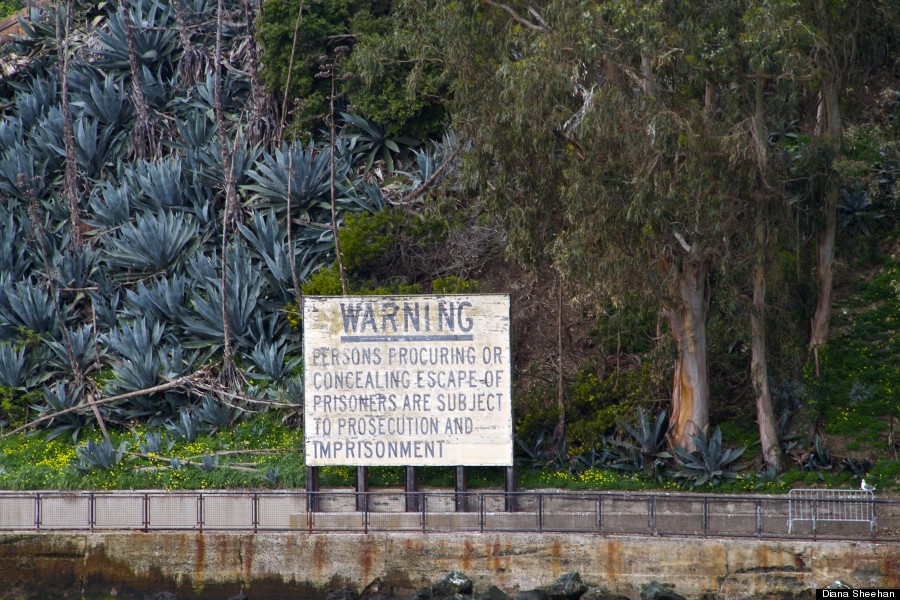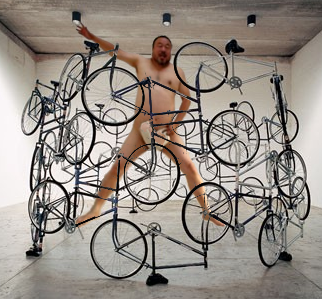
Ai Weiwei Chinese, born 1957 Ai Weiwei is a Beijing-based artist and activist whose work encompasses sculpture, installation, photography, film, architecture, curation, and social criticism. His art has been featured in major solo exhibitions including Ai Weiwei at Blenheim Palace, Woodstock, UK, 2014; Evidence at the Martin-Gropius-Bau, Berlin, 2014; and Ai Weiwei: According to What?, which was organized by the Mori Art Museum, Tokyo, in 2009, and traveled to North American venues in 2013–14. Ai collaborated with architects Herzog & de Meuron on the “bird’s nest” stadium for the 2008 Beijing Olympics. He has been the recipient of numerous awards and honors, including the Václav Havel Prize for Creative Dissent from the Human Rights Foundation in 2012.
“The misconception of totalitarianism is that freedom can be imprisoned.” “This is not the case. When you constrain freedom, freedom will take flight and land on a windowsill.” Ai Weiwei
(Excerpted from The World Post) Banned from traveling outside his home country, Ai has remotely produced aart that that now occupies the abandoned jail cells, mental wards and industrial buildings of America’s most famous island prison.
Combining intricate Chinese kites, delicate porcelain flowers, 1.2 million Lego pieces and haunting audio recordings, the exhibit titled @Large: Ai Weiwei on Alcatraz serves as an interactive monument to political prisoners around the globe. Visitors exploring the exhibit’s seven parts move from the majestic to the mundane: In one hall they come face to face with an explosively colorful Chinese dragon kite, while in another they can shop through binders full of dissidents and write them postcards.
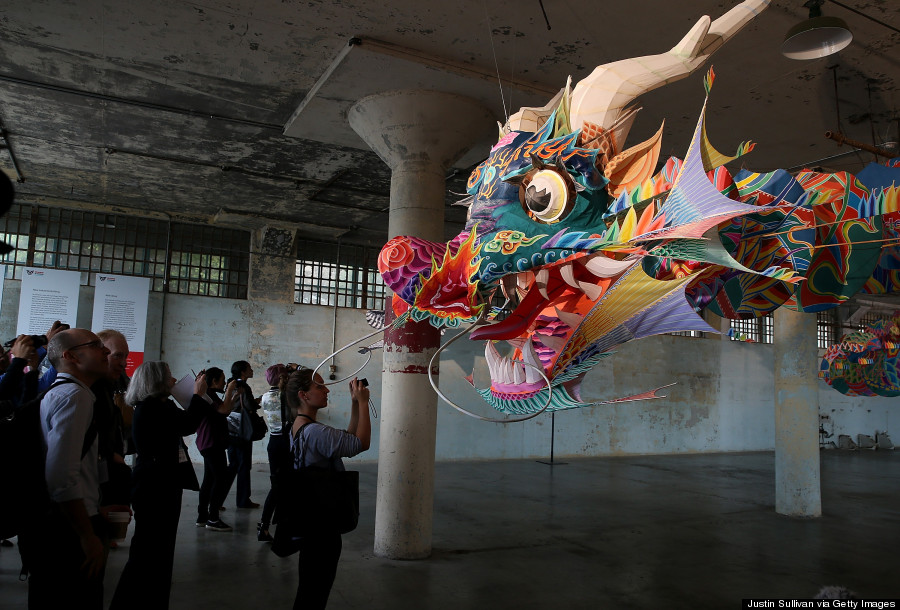
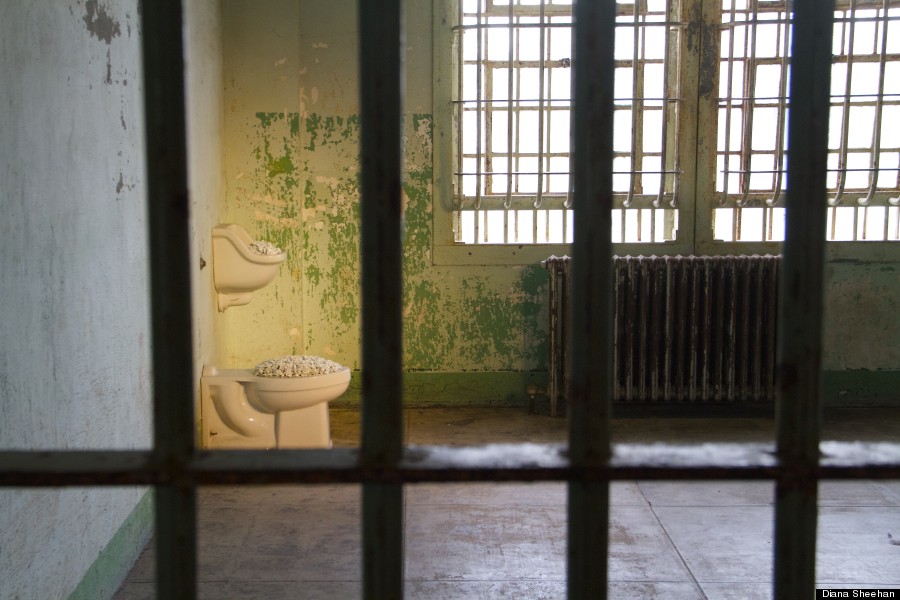
“It’s mentally and psychologically interesting to me, because in a way it brings us inside the life of the jail,” Ai told Smithsonian Magazine. “The inmates in a prison have to follow very clear instructions, have to follow them exactly, and so do we [as site artists] … The goal is not really to create something beautiful, but something precise.”
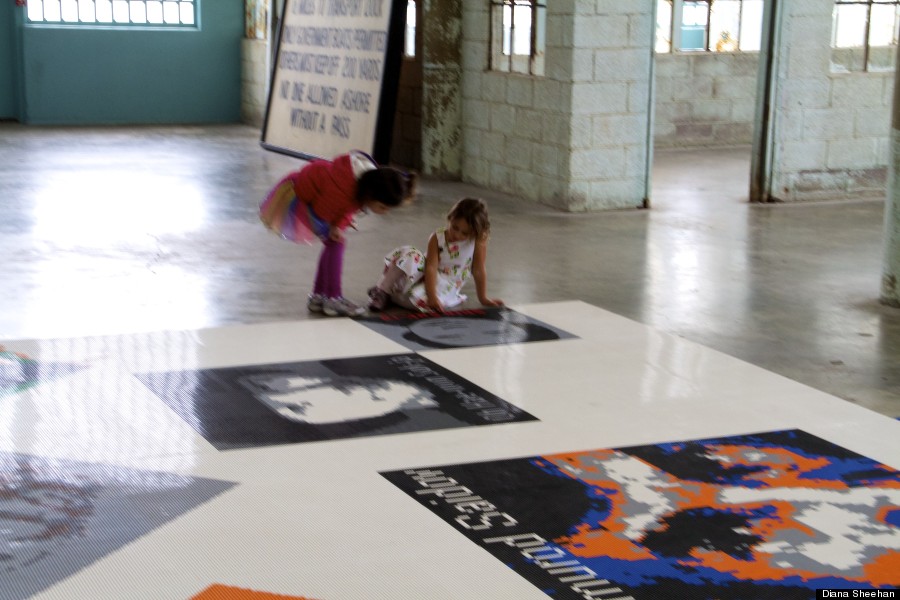
Adjoining the Legoland tribute to activists is the most visually striking portion of the exhibit — a snarling (or smiling?) Chinese dragon kite suspended in flight. The circular discs that make up the dragon’s body are stamped with quotes from Edward Snowden, Nelson Mandela and Ai himself.
“The dragon in the old times, classically, is symbolic of the emperor, but we use that image to represent personal freedom. We think everybody has this personal power,” Ai said in a video about the exhibit. “We want [the dragon] itself to feel light, cheerful, full of energy and a lot of hope — even with joy. But it still reflects the will of this prisoner.”

“The misconception of totalitarianism is that freedom can be imprisoned.” “This is not the case. When you constrain freedom, freedom will take flight and land on a windowsill.”
Alcatraz’s main prison building houses several more installations that blend seamlessly into their surroundings. In the former psychiatric ward, toilet bowls and sinks now house intricate porcelain models of flowers and shrubs in bloom. Rich in historical allusion (to China’s devastating Hundred Flowers Campaign of 1956, for starters), the installation perhaps works better when allowed to stand on its own — as a subtle suggestion of beauty sprouting from lifeless environments.
In Alcatraz’s A Block, Ai pairs the human voice with physical confinement. Twelve individual cells play host to the music or spoken words of imprisoned artists and activists, ranging from Russian punk shockers Pussy Riot to Martin Luther King Jr.

Before exiting the exhibit, tourists are invited to shop through a catalogue of imprisoned activists from around the world. If they find one to their liking, they can write a postcard that the curators say will be delivered to the activist (or at least the prison where the activist is held).
“The misconception of totalitarianism is that freedom can be imprisoned,” Ai says on For-Site’s website. “This is not the case. When you constrain freedom, freedom will take flight and land on a windowsill.”
Scroll down for more photos from @Large: Ai Weiwei on Alcatraz
